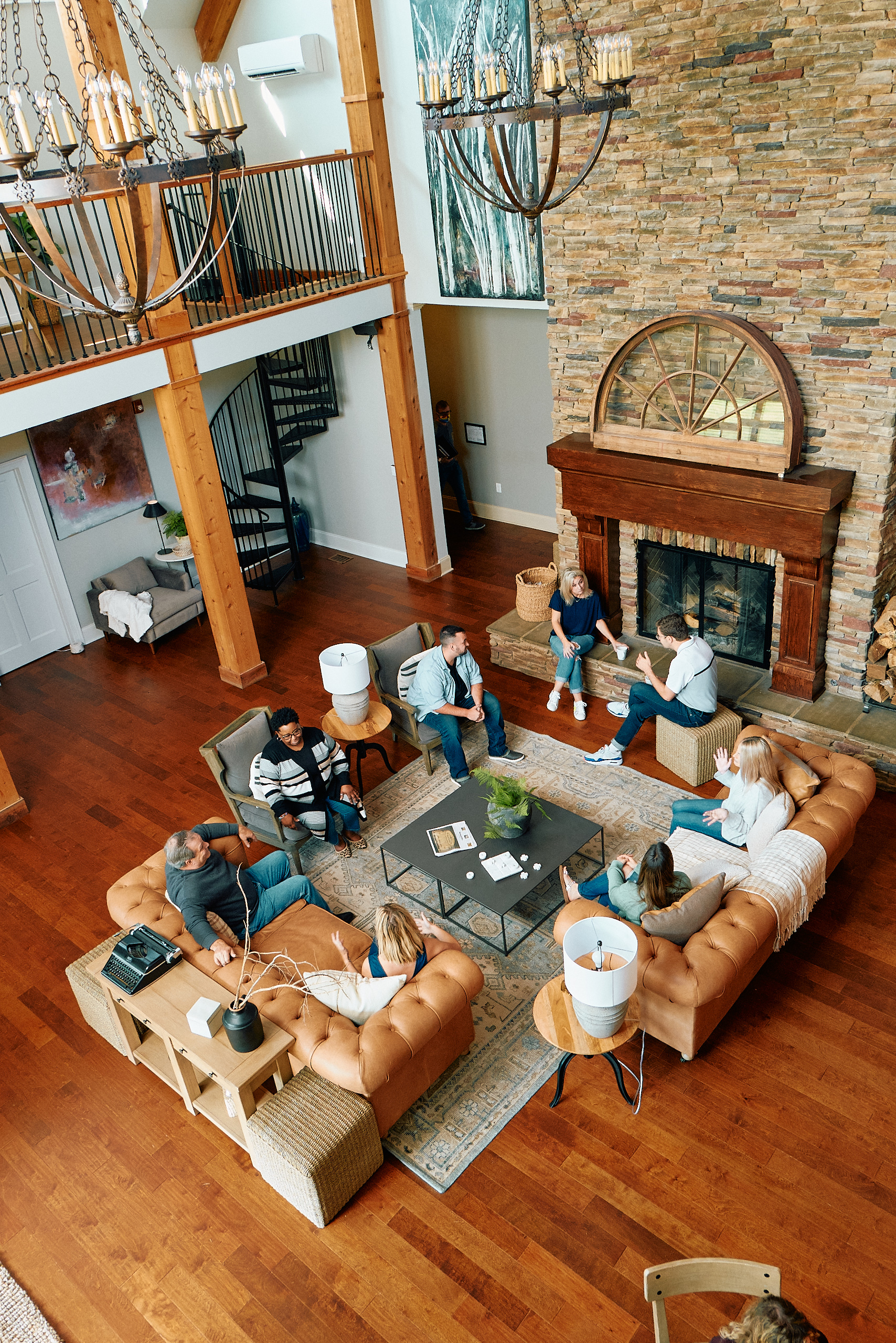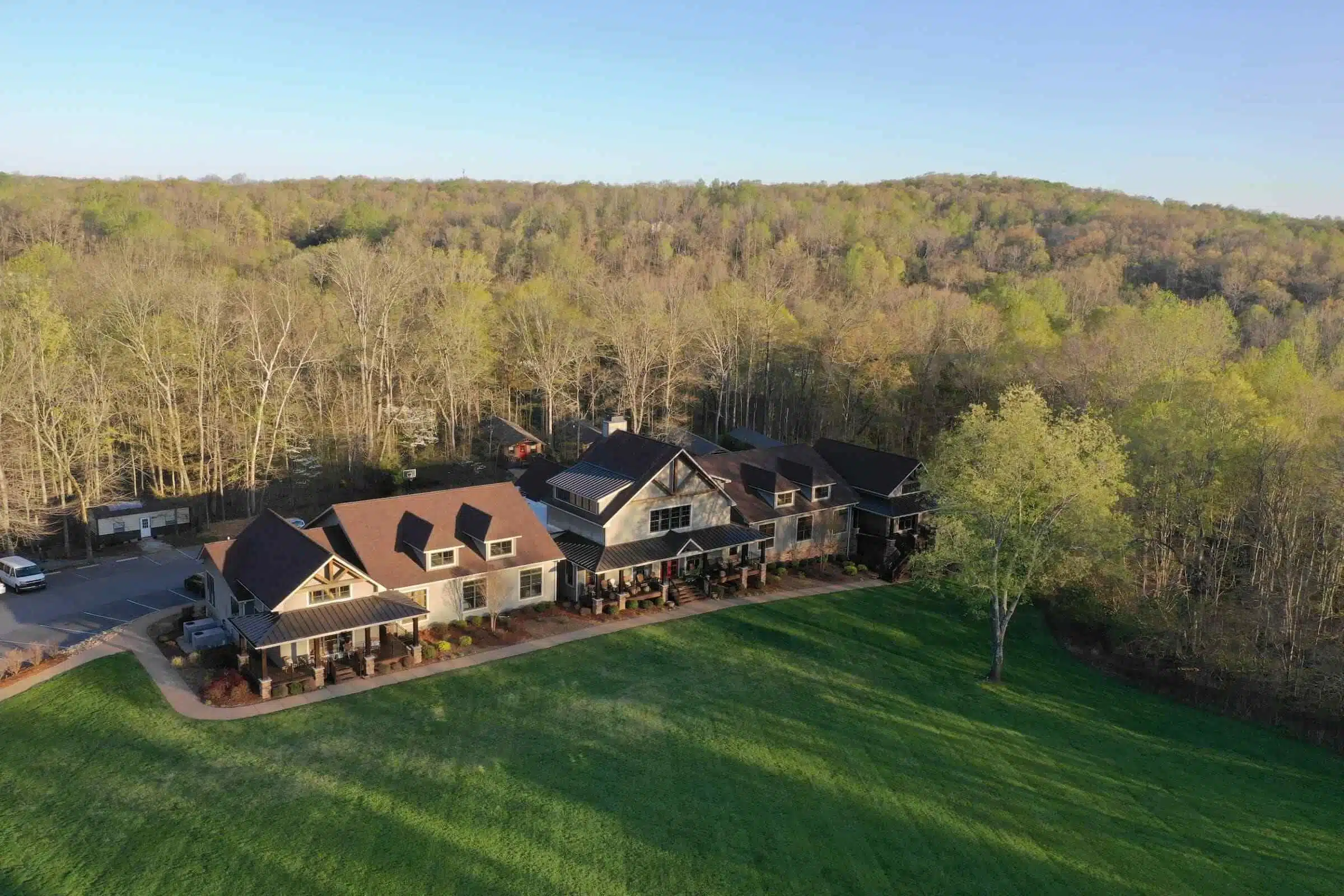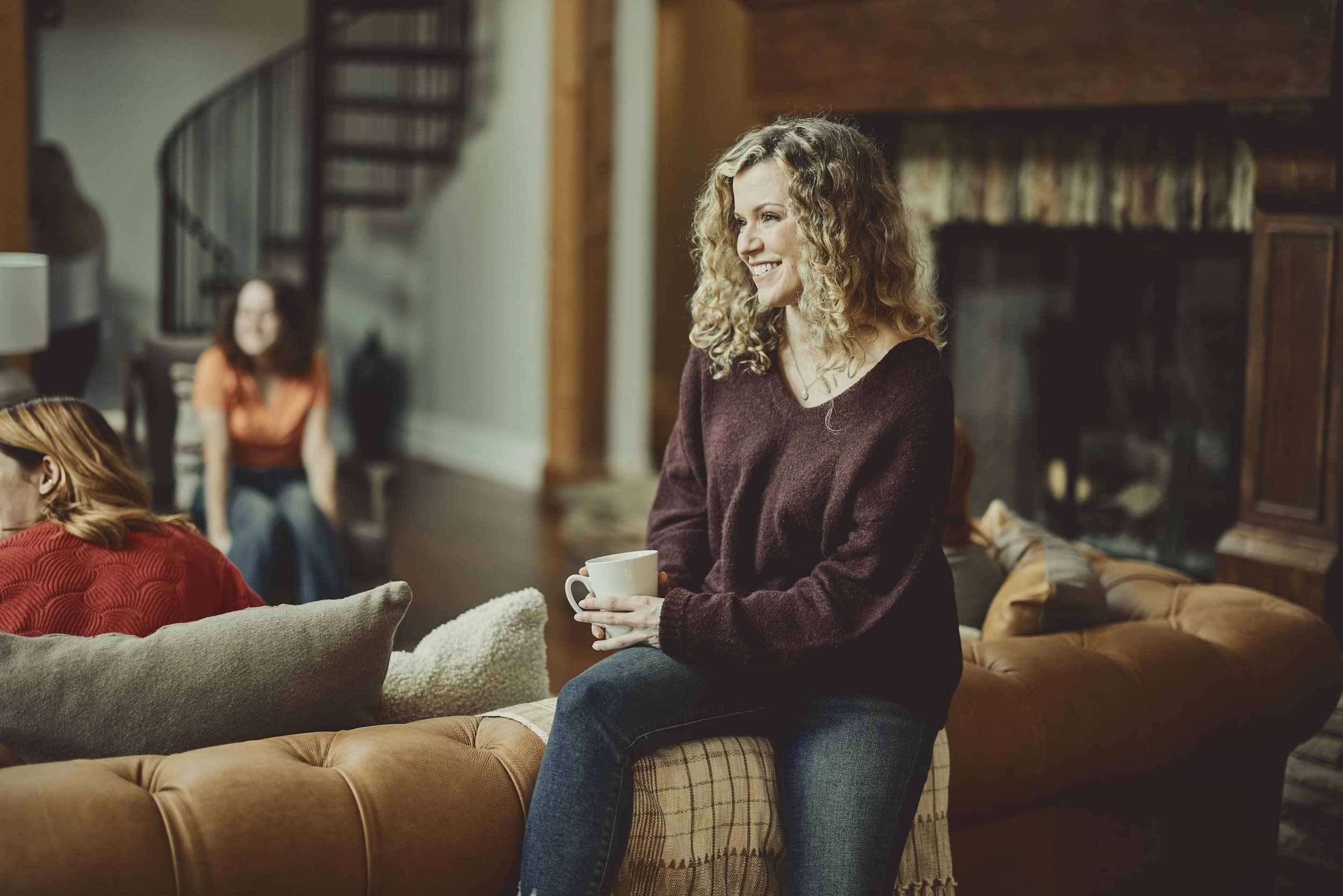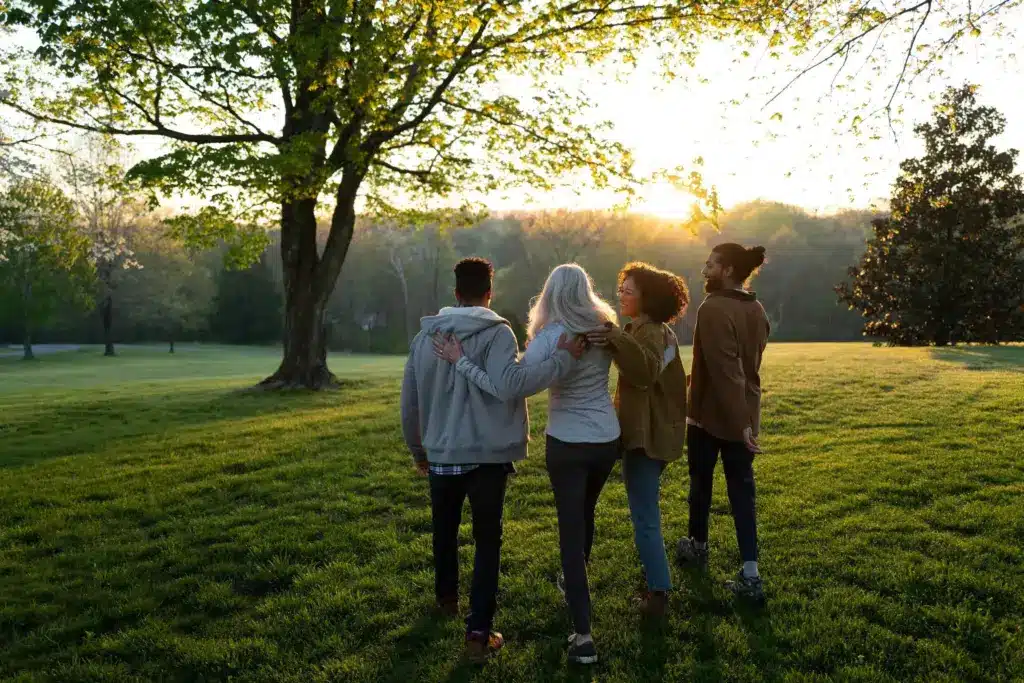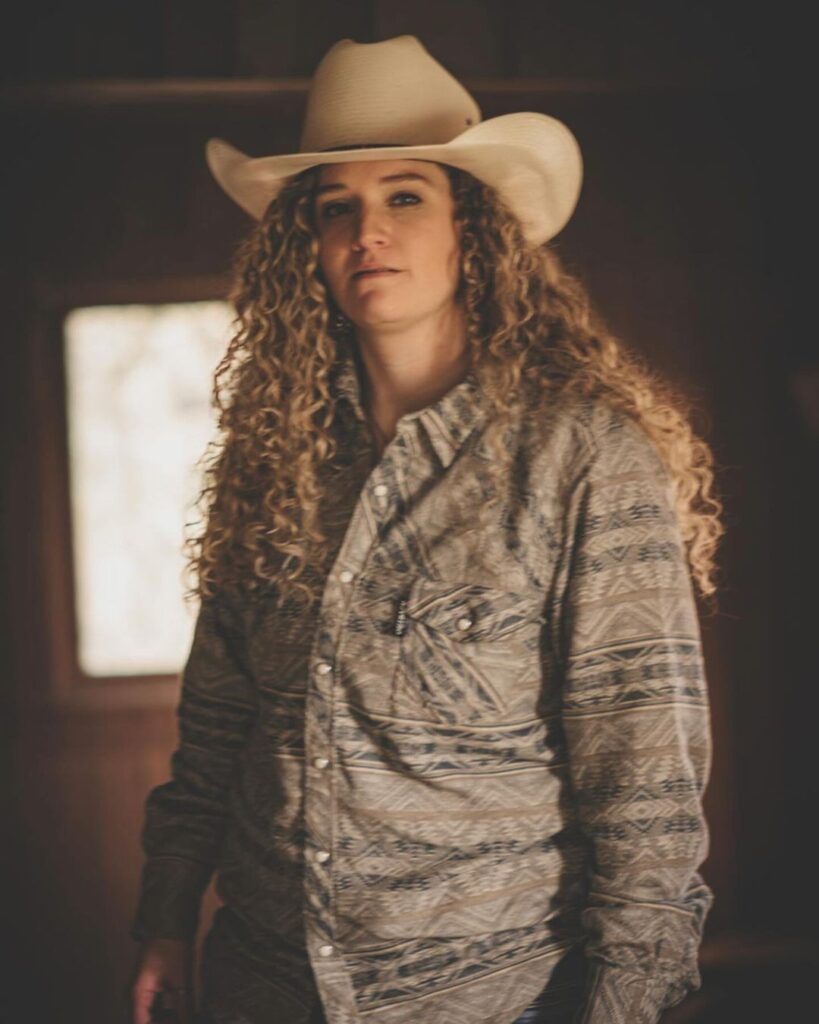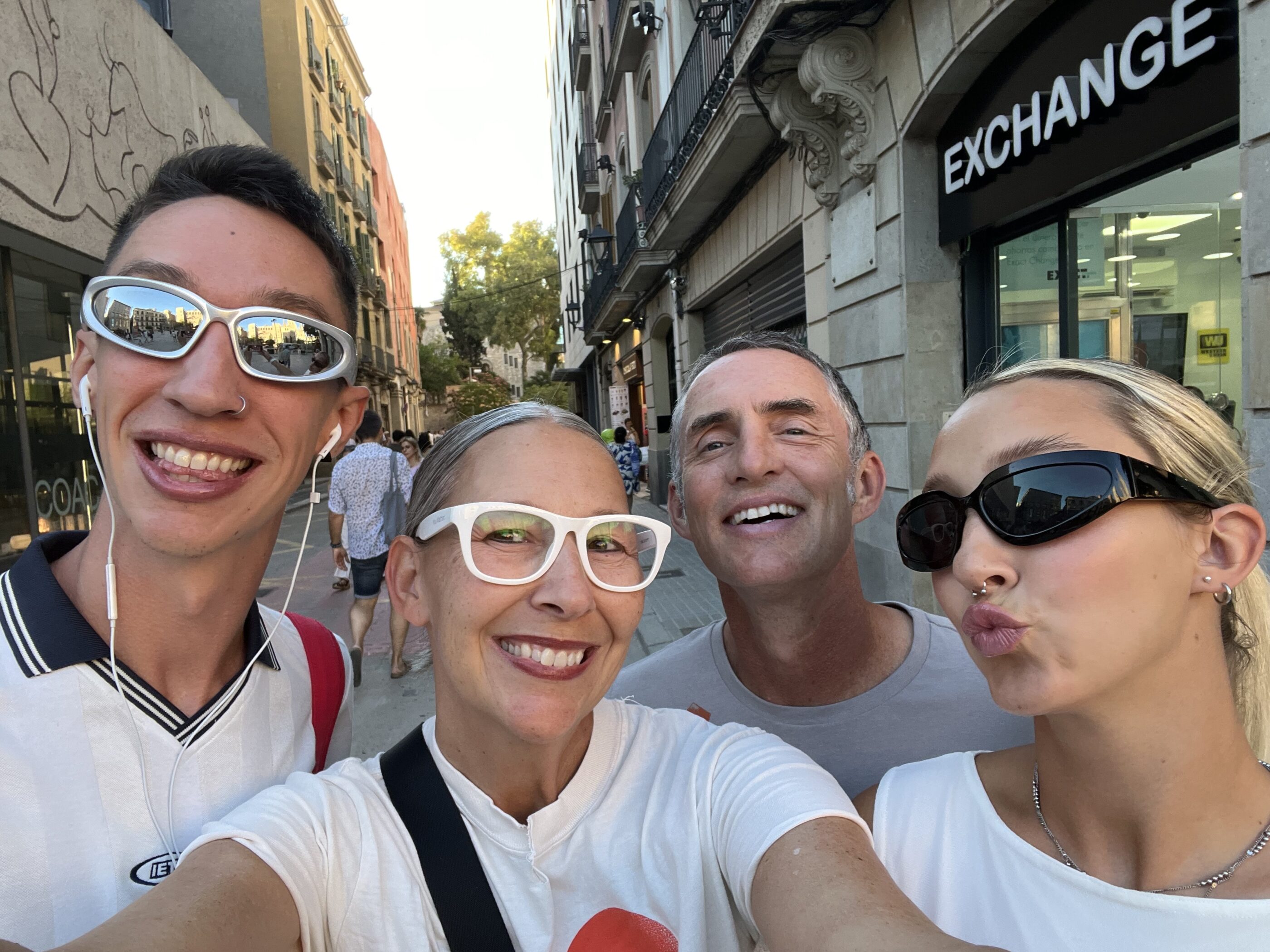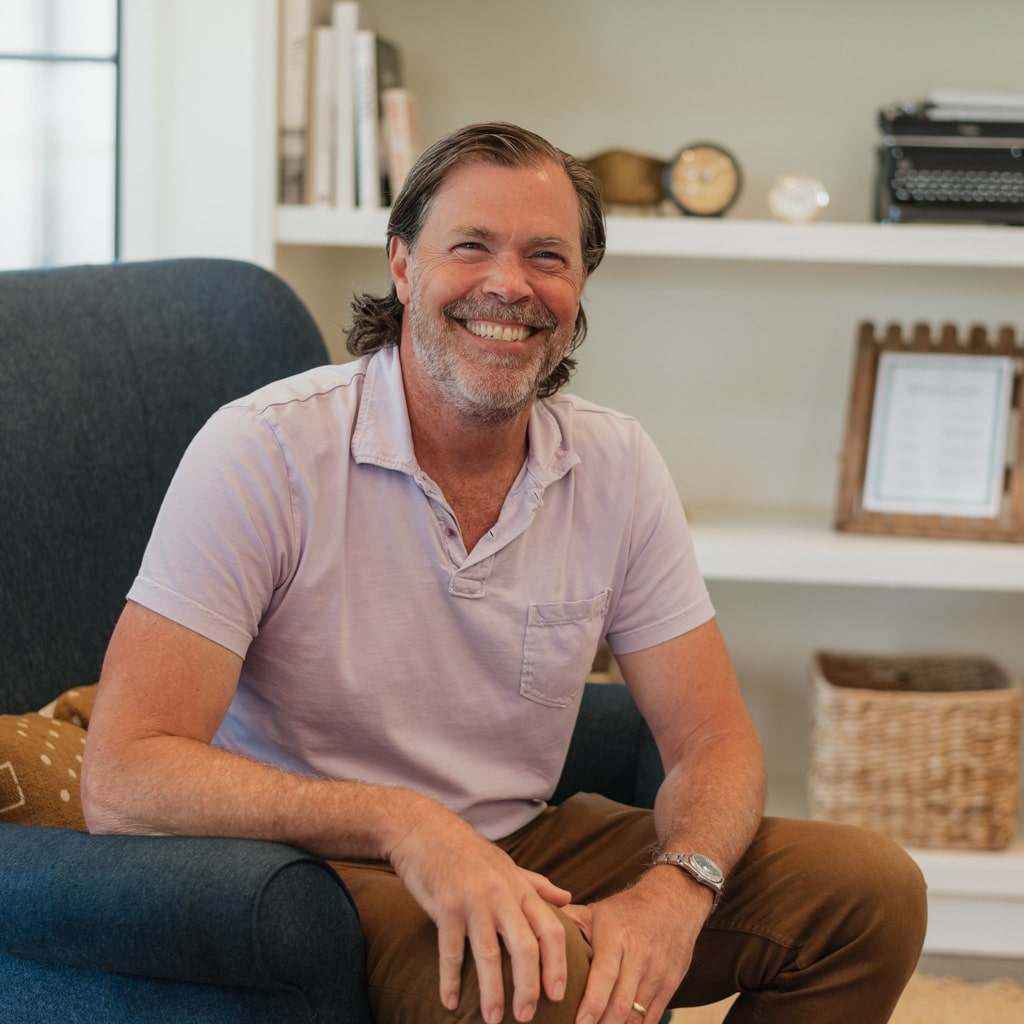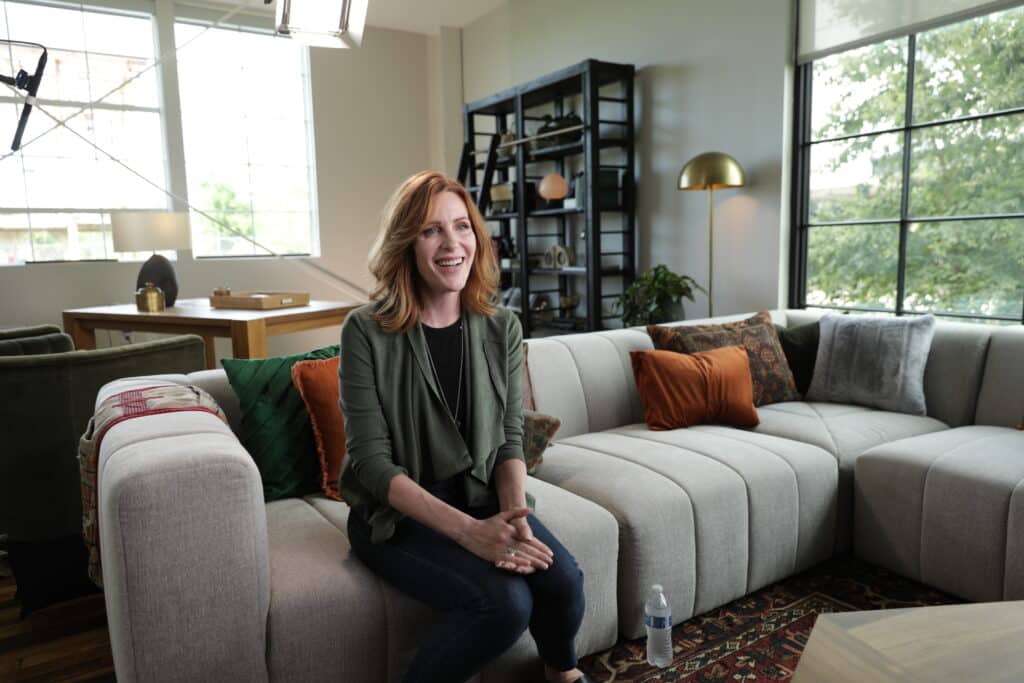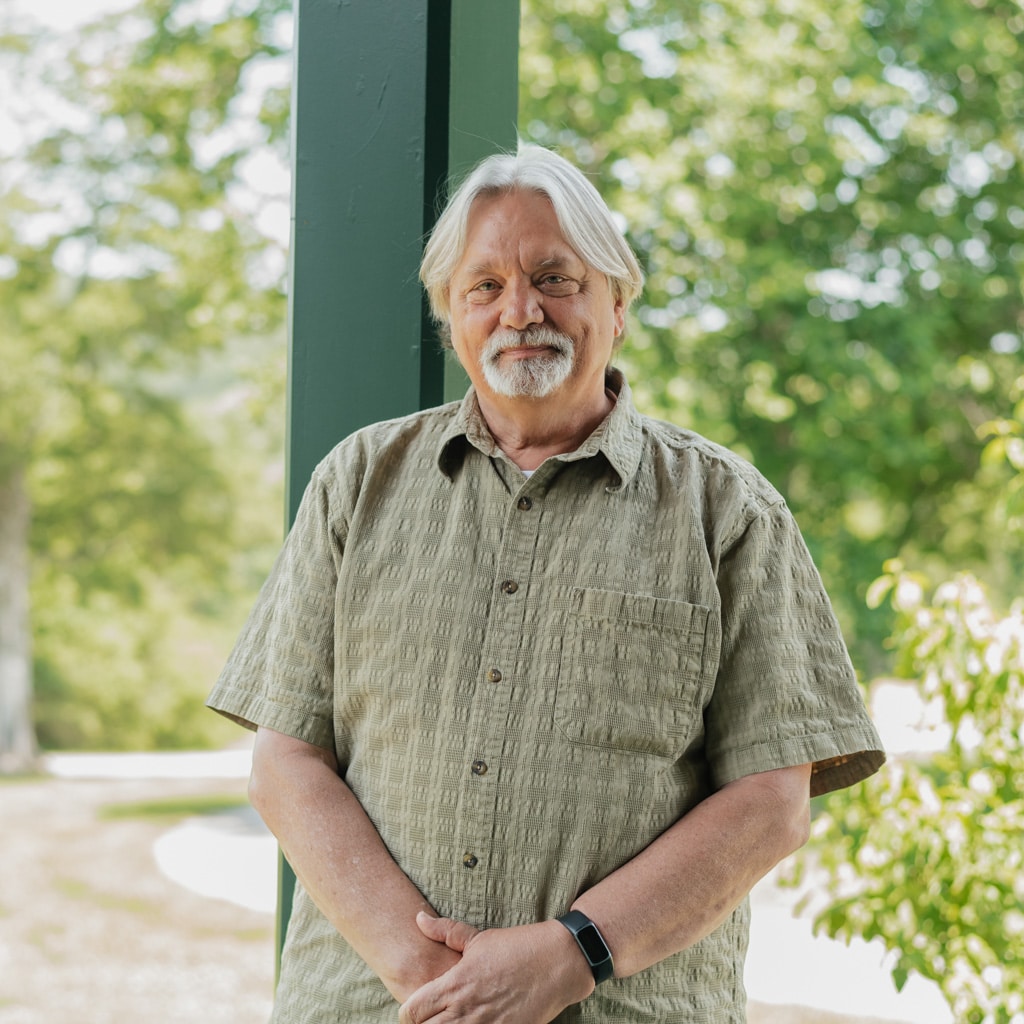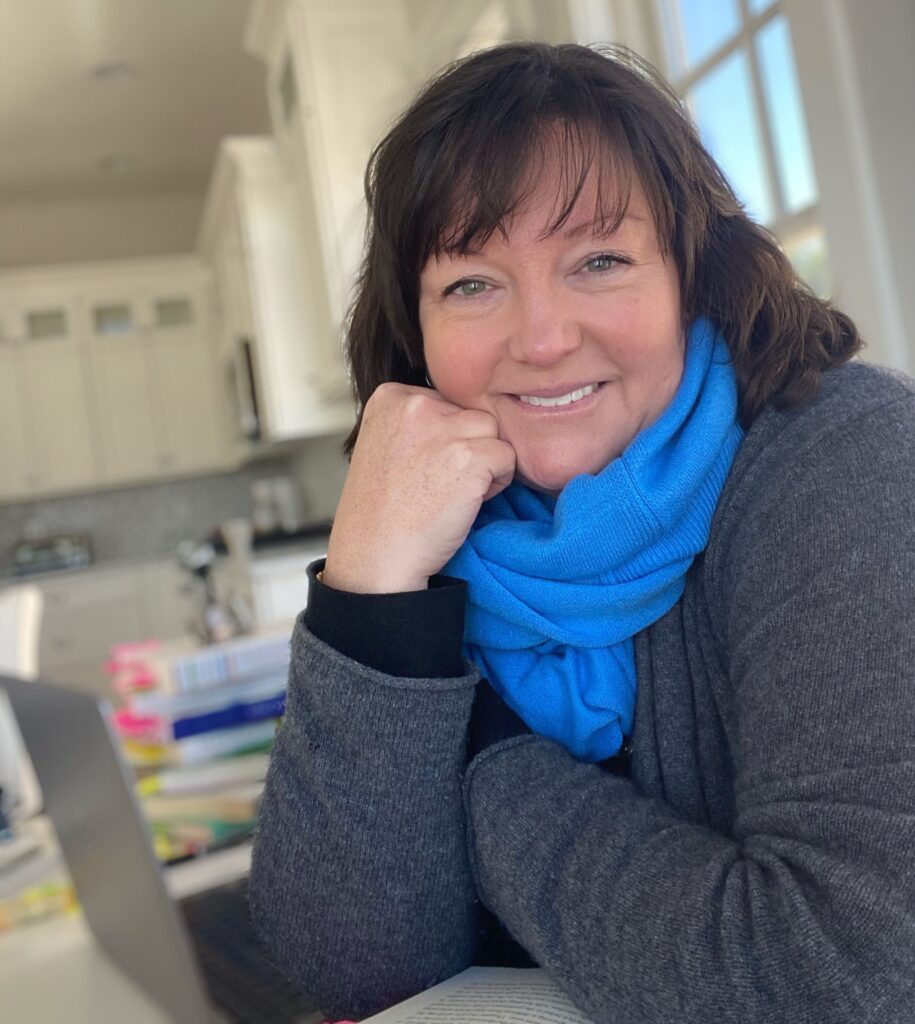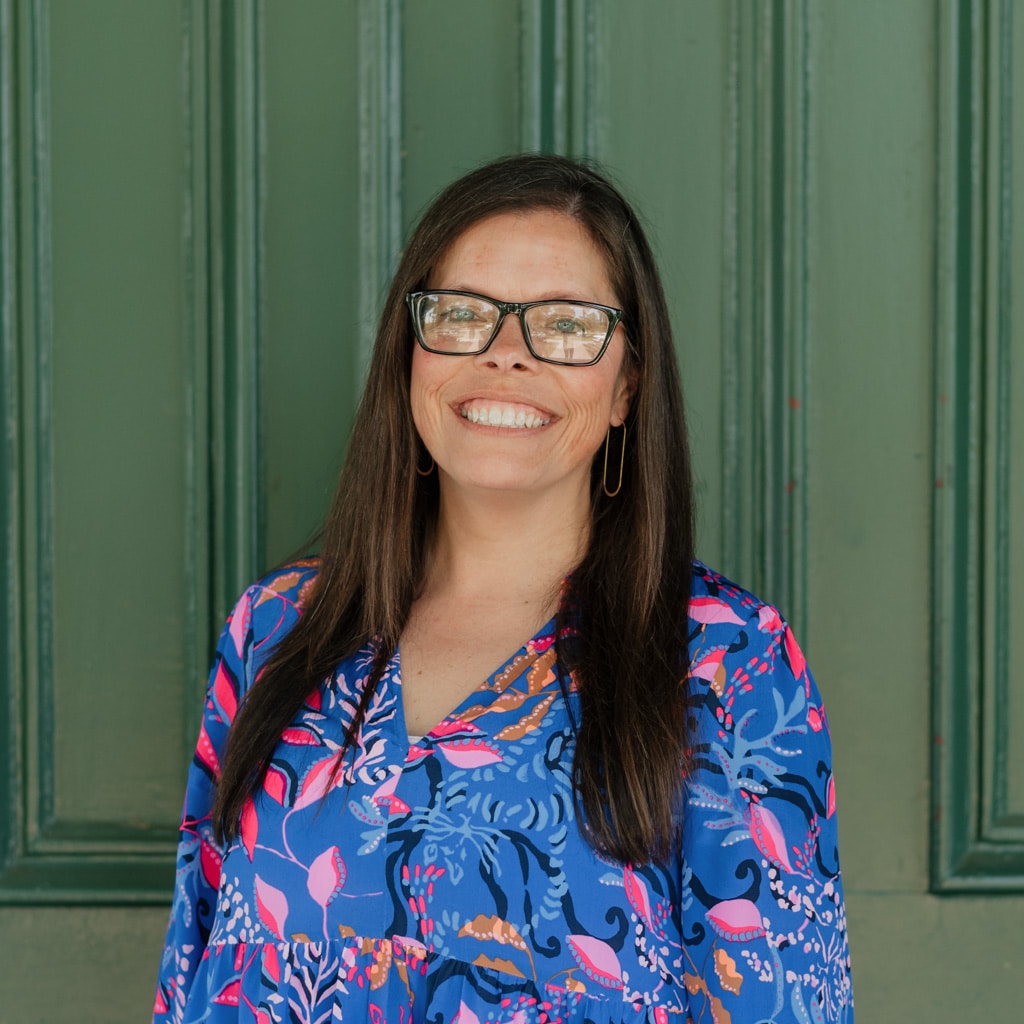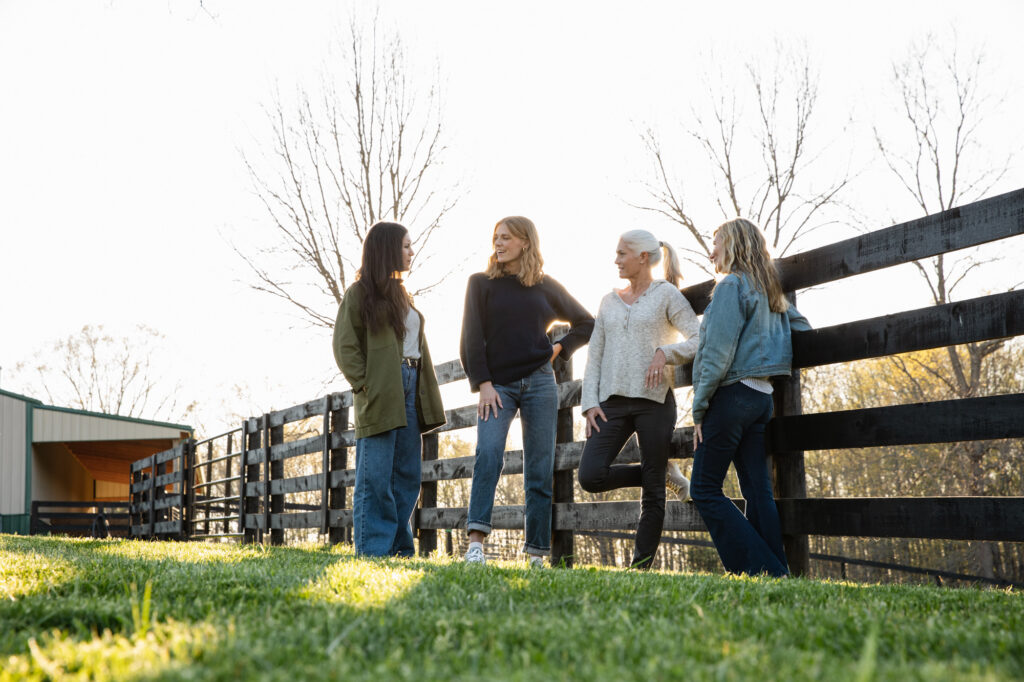A Day in the Life at Milestones
An Interview with Director of Operations, Crystal Galloway
When given the tools, support, and environment, all people have the capacity to heal. At Milestones, we take care of you, so you can take care of your healing. Our customized and innovative recovery is equal parts trauma expertise, structured and intentional care, and healing hospitality (with a dose of magic.)
To better understand the Milestone’s experience, Onsite Editorial Director Mickenzie Vought sat down with Director of Operations Crystal Galloway. She provided an in-depth look at a day in the life of a Milestones guest, from walking through a sample schedule to the most significant client takeaways. She sheds light on this unique and transformational experience.
Mickenzie Vought (MV): Thanks for sitting down with me, Crystal. As the first person many of our clients interact with once they arrive on campus, what can you tell us about a client’s initial experience of Milestones and how you help them acclimate?
Crystal Galloway (CG): I have the pleasure of greeting clients the moment they arrive on our campus. I like to chat with them about what they might expect during their time. There’s always a bit of nervousness, and it can be a lot for most of our guests to take in. If they’re nervous I normalize their experience and share that typically, it takes three days to get acclimated to the schedule and get in a grove at Milestones. I assure them the community will play a huge part in helping them settle in.
MV: Can you tell me a little about the community and its role in healing?
CG: Honestly, people are often most nervous about living with others in a community setting when they come to Milestones. Living with 20 or so other clients for 30-90 days can be intimidating. I reiterate to guests how much support and love they will experience within the community.
But also, community has a way of bringing out the best and worst in us all. Living in a residential setting is not all “sunshine and rainbows.” But I see that the hard stuff–the challenging parts of living altogether–is an element of people’s work here. The lessons they learn and the skills they practice in the community stay with our clients for the rest of their lives. They take with them lessons of conflict resolution, empathy, and how to invite safe people into their journey. Most clients leave ready to take that work home with them, knowing it will impact how they approach their marriage, friendships, and family dynamics.
MV: So, what types of activities might make up a client’s day?
CG: Our clients’ days are full, and that’s intentional. Every Sunday, they get a schedule that lists their individualized weekly activities.
On any given week, clients participate in various individual and group therapeutic experiences utilizing different modalities. We build in group adventure therapy three days a week. We have lectures and group therapies with a mix of smaller groups and larger community activities. We also offer Equine Therapy, yoga, 12-step Meetings, access to gym time, individual time for therapy assignments and self-care, and evening activities as a community. The weekends are a little different.
MV: What do the weekends look like? What kind of workshops do you offer?
CG: Saturdays are typically an all-day workshop from 9 a.m. to 5 p.m. facilitated by a rotation of internal and external adjunct therapists. The topic depends on the adjunct’s specialty, with topics like breathwork, music therapy, inner-child work, martial arts, and others. On Sundays, we mix in some self-care, outings, optional opportunities to attend a church service, and other group sessions.
MV: It’s a pretty full weekly schedule. What is the level of downtime versus structured time throughout a client’s stay?
CG: The structure is essential. I’ve heard our Clinical Supervisor, Amanda Morrow, encourage clients to view their time at Milestones as their job. When people are in residential care, their job is to focus on themselves and get healthy from eight o’clock in the morning until they go to bed that night. We have more structured time than downtime, but the downtime is in there for a reason. We all need it, and we require them to take it.
When clients come in, there is hesitation and doubt on both sides. Some clients think we have too much structure, and some are overwhelmed by the downtime for reflection, self-care, and fun. It’s the same basic schedule, but clients experience it differently based on their personality, preference, and past.
Either way, whether they feel it’s too much structure or not enough, it’s an invitation into the work. It causes clients to ask hard questions:
“Why do I need to stay busy? What about being with my thoughts feels difficult? Why don’t I know how to self-care?”
“What about the structure is activating for me? What is it about the scheduled time that is frustrating?”
That’s when our amazing clinical staff can help them understand what they’re facing and how it informs other parts of their lives.
MV: You mentioned the Clinical Team, but what other team members play a role in a client’s journey?
CG: Each client has an entire team around them. In addition to a primary therapist, they have several adjunct therapists, based on their individual needs, who do group sessions, adventure therapy, workshops, equine, etc.
The Client Advocate (CA) team plays a huge role in a client’s day-to-day life. A member of the CA team is at Milestones 24/7. As their title suggests, they advocate for the client; they help them find their way. They’re the go-to person at any given time, from the logistics of helping clients find things to sitting or walking with clients when they’ve had a hard day and need someone to talk to.
MV: The CAs are incredible! What about our medical team? How does Milestones support the clients mentally, physically, and emotionally?
CG: Within the first few days at Milestones, a client has a full assessment with either our psychiatrist, Dr. Bomar, or Rachel, our psychiatric nurse practitioner. After gathering a complete history, the care becomes individualized based on the client’s needs. A client could see Dr. Bomar weekly or more, depending on their treatment plan. And the nursing team is fantastic and on campus every day of the week. They take care of medications, labs, and anything else that medically comes up.
MV: Such a holistic experience. Tell me how you see other team members play a part in a client’s healing journey.
CG: Our operations teams – Hospitality, Maintenance, and Culinary – all play an intricate part in what we do here. At Milestones, we’re known for our healing hospitality, and they curate the environment for healing. They take care of the details so our clients can focus on healing. The Culinary sets the table for breakthroughs. Caring for each client individually, they create meals that nourish and fuel our clients around the community table. For clients with dietary needs or restrictions, which is common for trauma survivors, our team carefully curates meals and accommodations in a way many clients share they’ve never experienced before.
MV: I love how our entire team plays a role in helping our guests feel seen, heard, valued, and cared for. And that’s reflected in how they talk about the experience. What other highlights do clients share from their experience?
CG: I love our client surveys because they intentionally open a space for clients to give positive and negative feedback. It helps us improve the client experience, and I’m grateful. However, one of my favorite parts of our surveys is the open response area, where we ask clients to give encouragement or advice to someone coming to Milestones. They say things like, “This program turned their life around.” They talk about the staff and how we’ve played a role, but they also talk about the birds and the grounds, the community, and so much of the atmosphere of Milestones that changed their lives. I love that they mention so many parts of the Milestone experience.
Another of my favorites is hearing about the tangible life skills people take home from their experiences and incorporate into their daily routines and relationships. They participate in a different way of living and get to implement that into their lives. I love it!
MV: It truly is a one-of-a-kind experience from my vantage point. What do you think makes the Milestones experience different from other residential experiences?
CG: From my experience and hearing from our clients who have been to multiple other treatment centers, the most significant differences always come back to the caring, compassionate, healing hospitality we seem to show in every aspect of our program.
I hear things like, “Why is everybody so nice?”
Many of our clients’ life experiences tell them to expect the rug to be pulled out from underneath them. They struggle to trust people; in this environment, they get to test out and work on trusting themselves and others. I’m honored to work in that environment. We’re not perfect, but our clients see us mimic and practice exactly what we preach. We hear time and time again, “The team cares for and takes care of us and one another.”
I’m grateful to be a part of a place that does that.
Learn more about the Milestones experience
A sanctuary built on community, compassion, and care.
Healing happens within our safe environment for avoiding distractions, focusing on yourself, and resting and rebuilding in comfortable surroundings.
